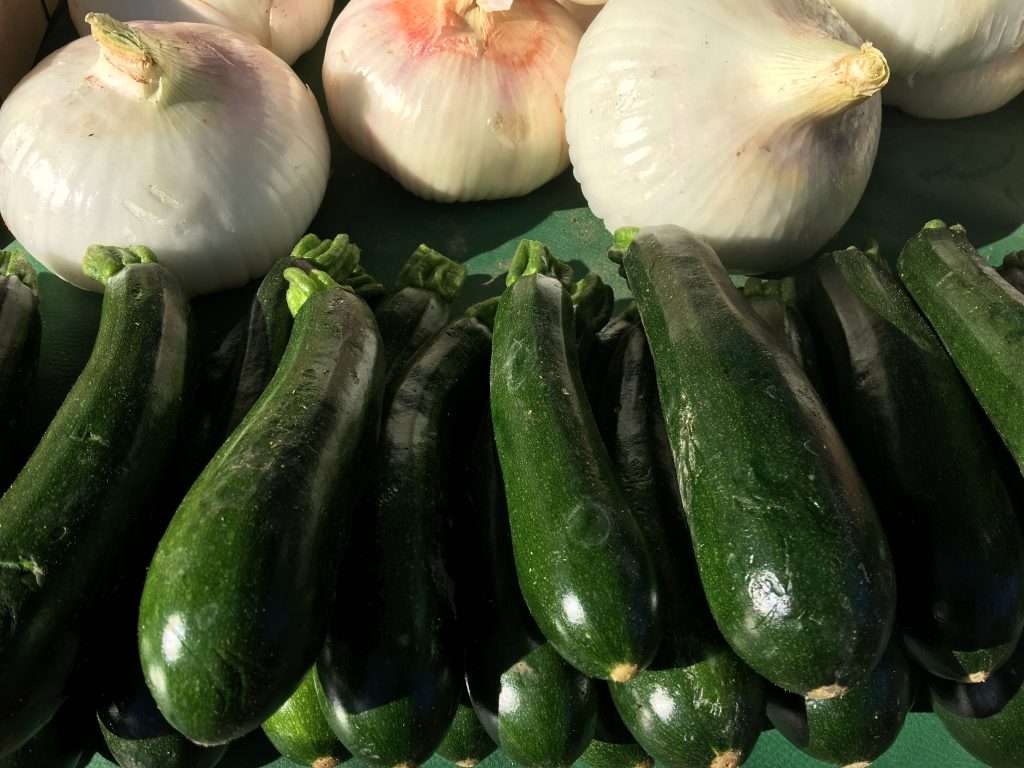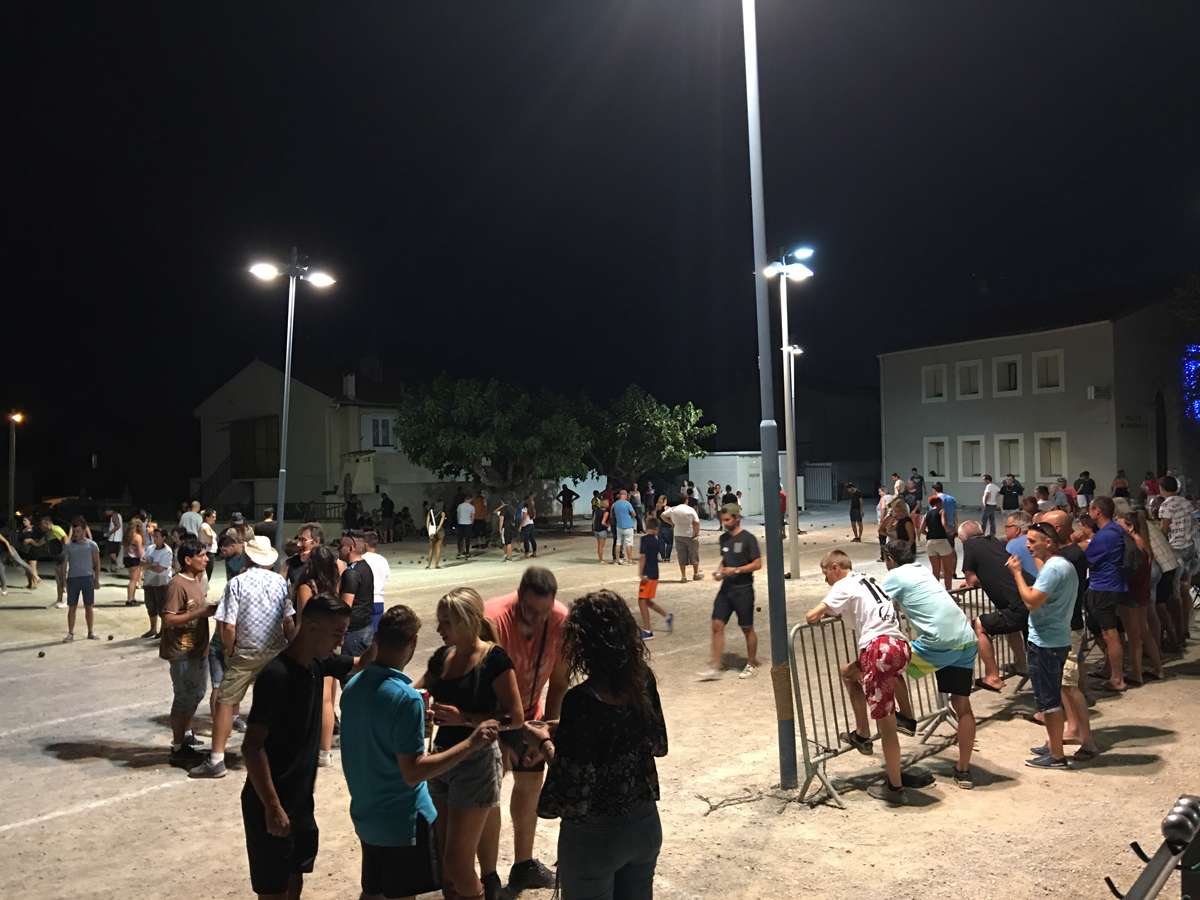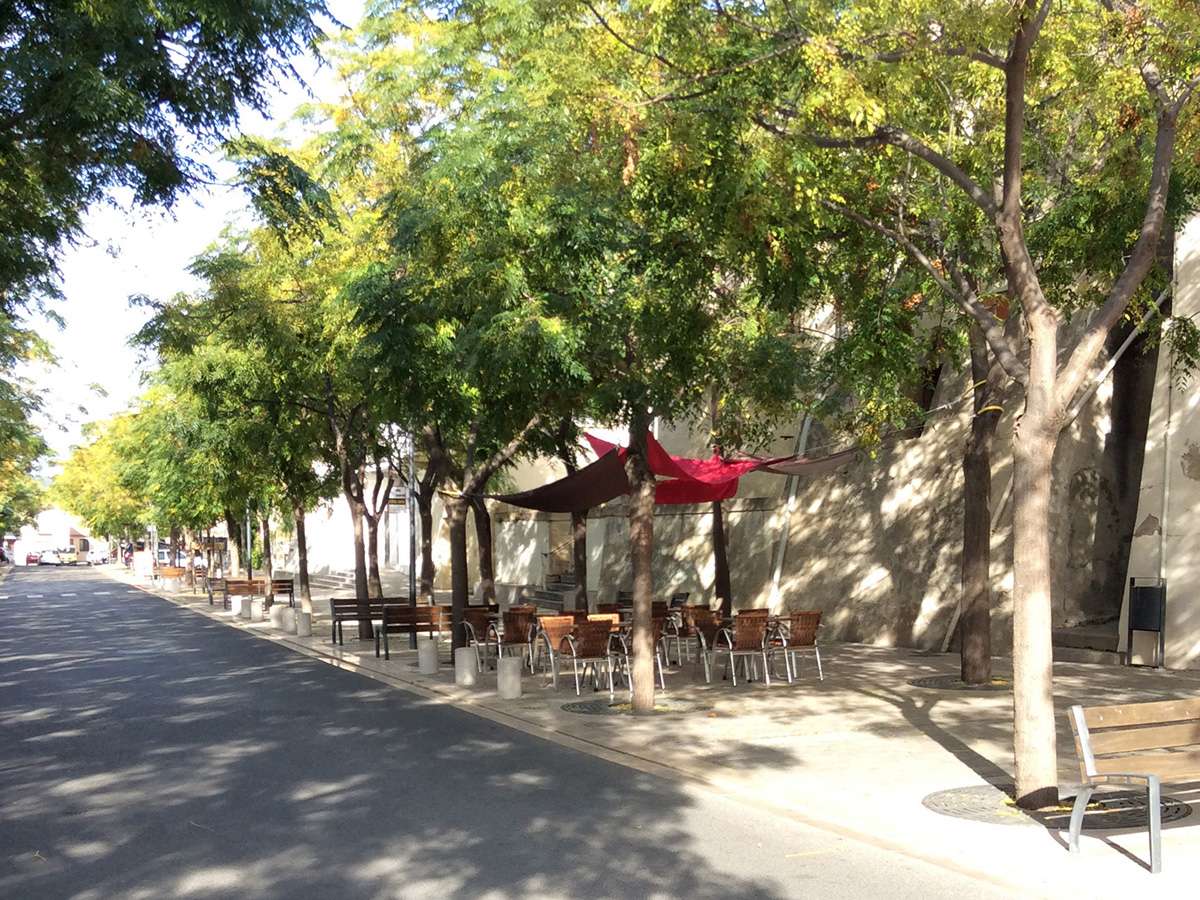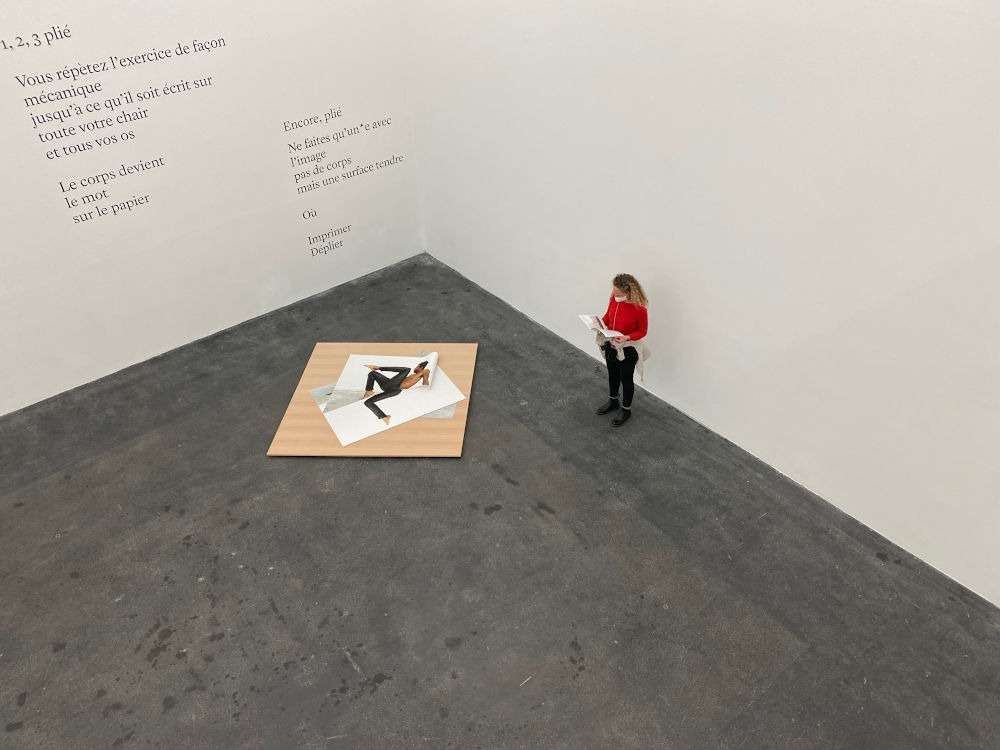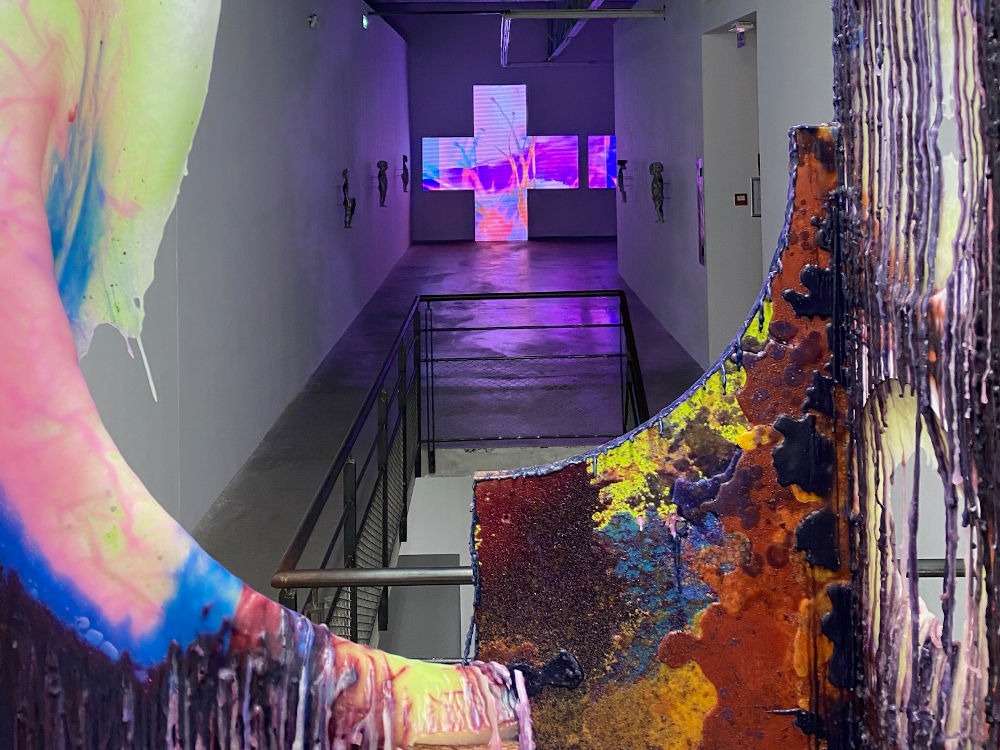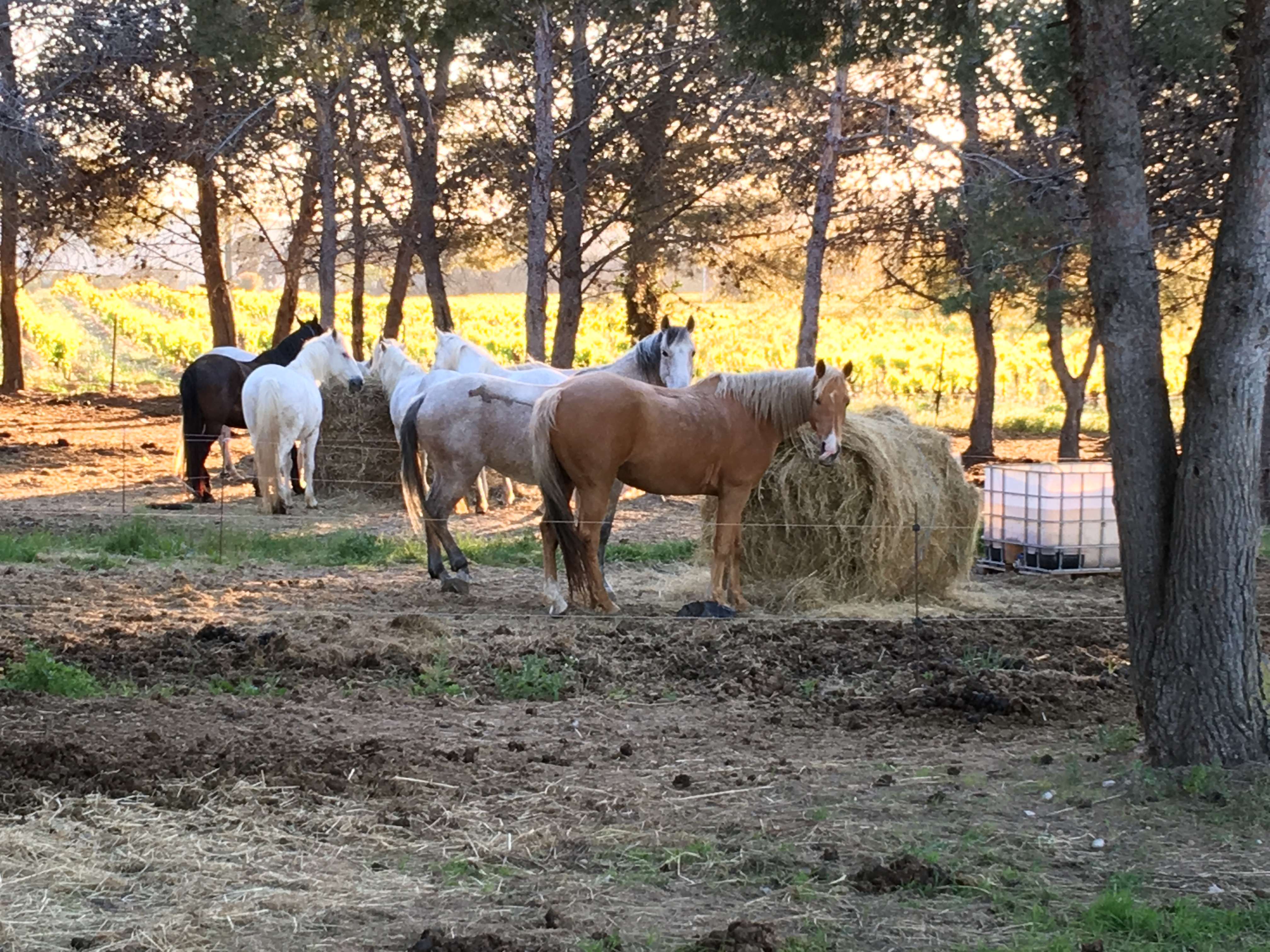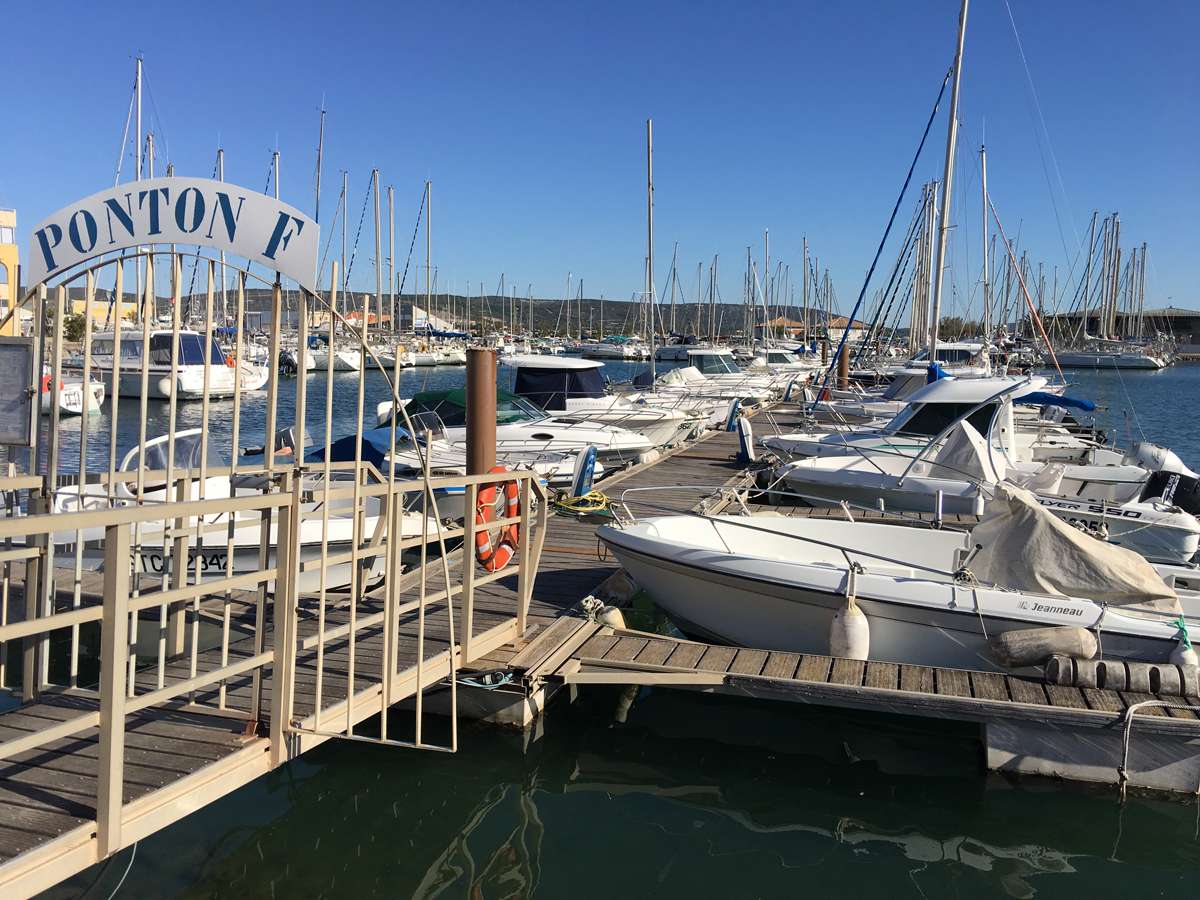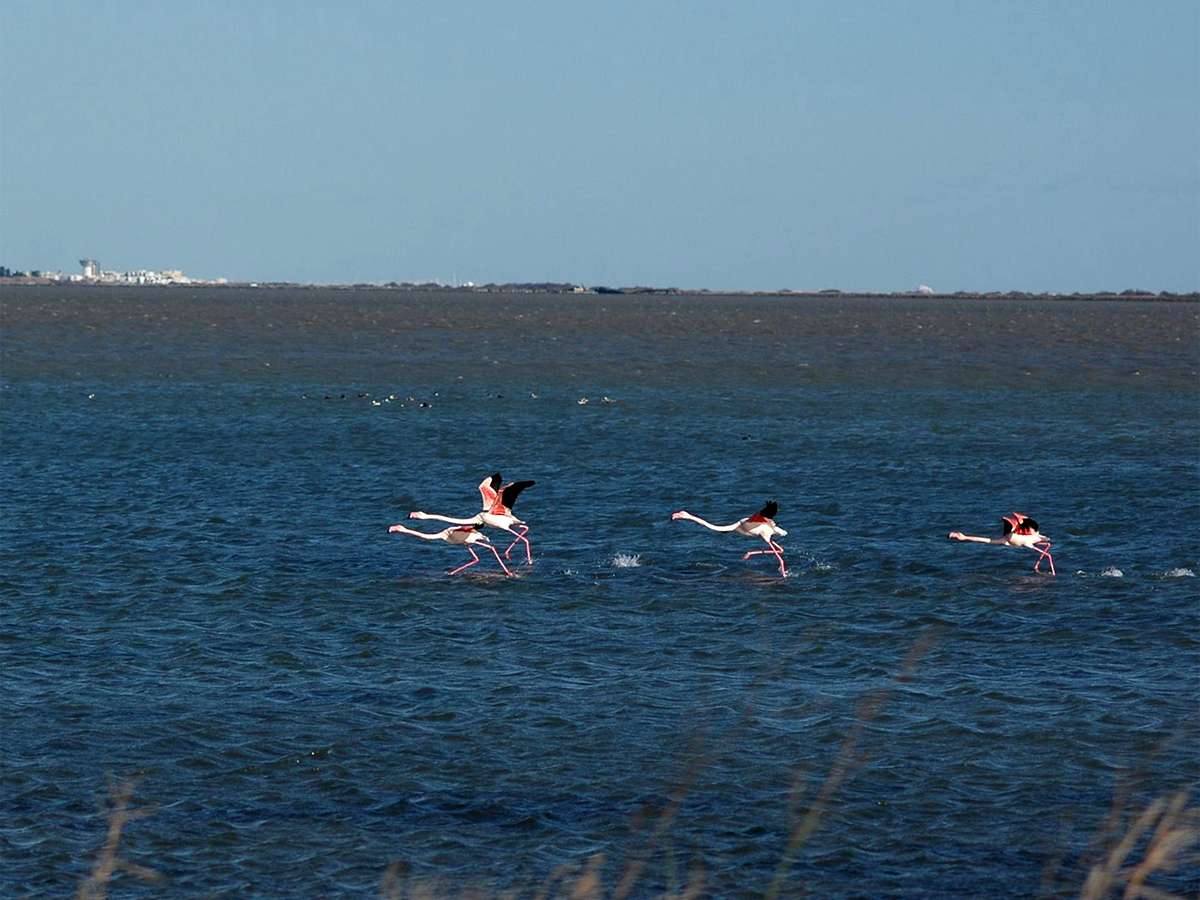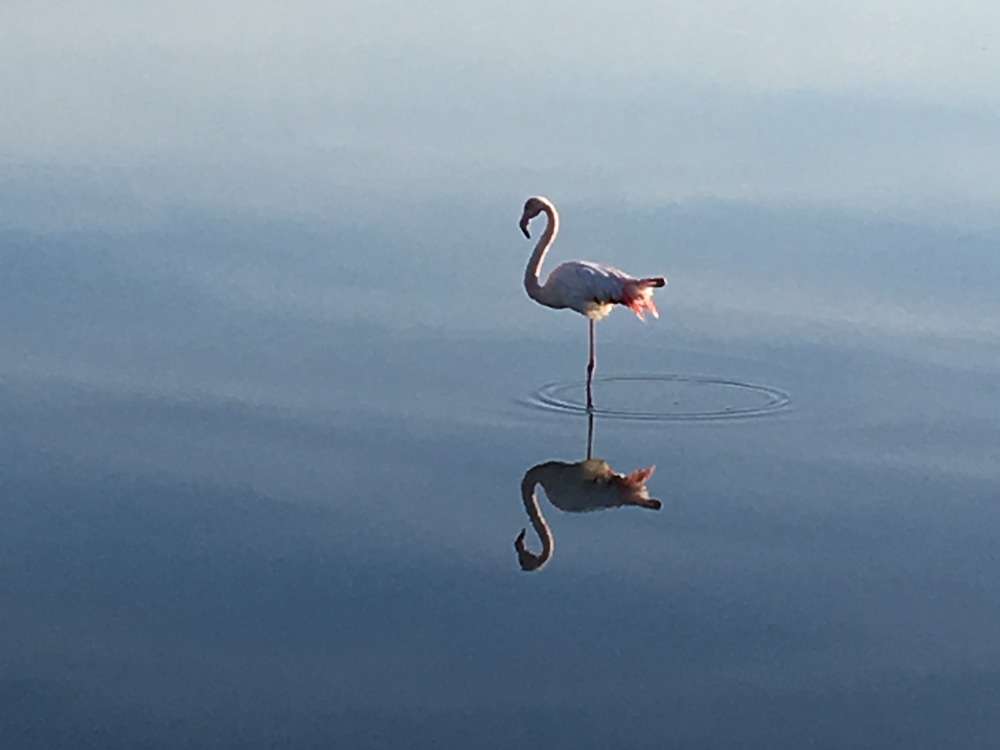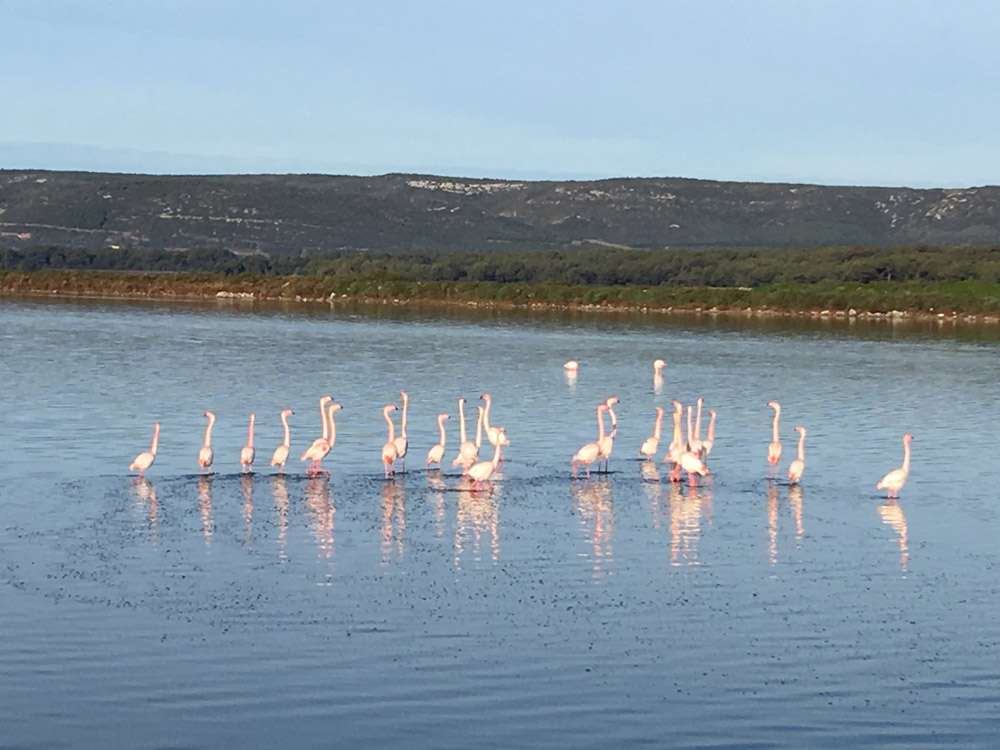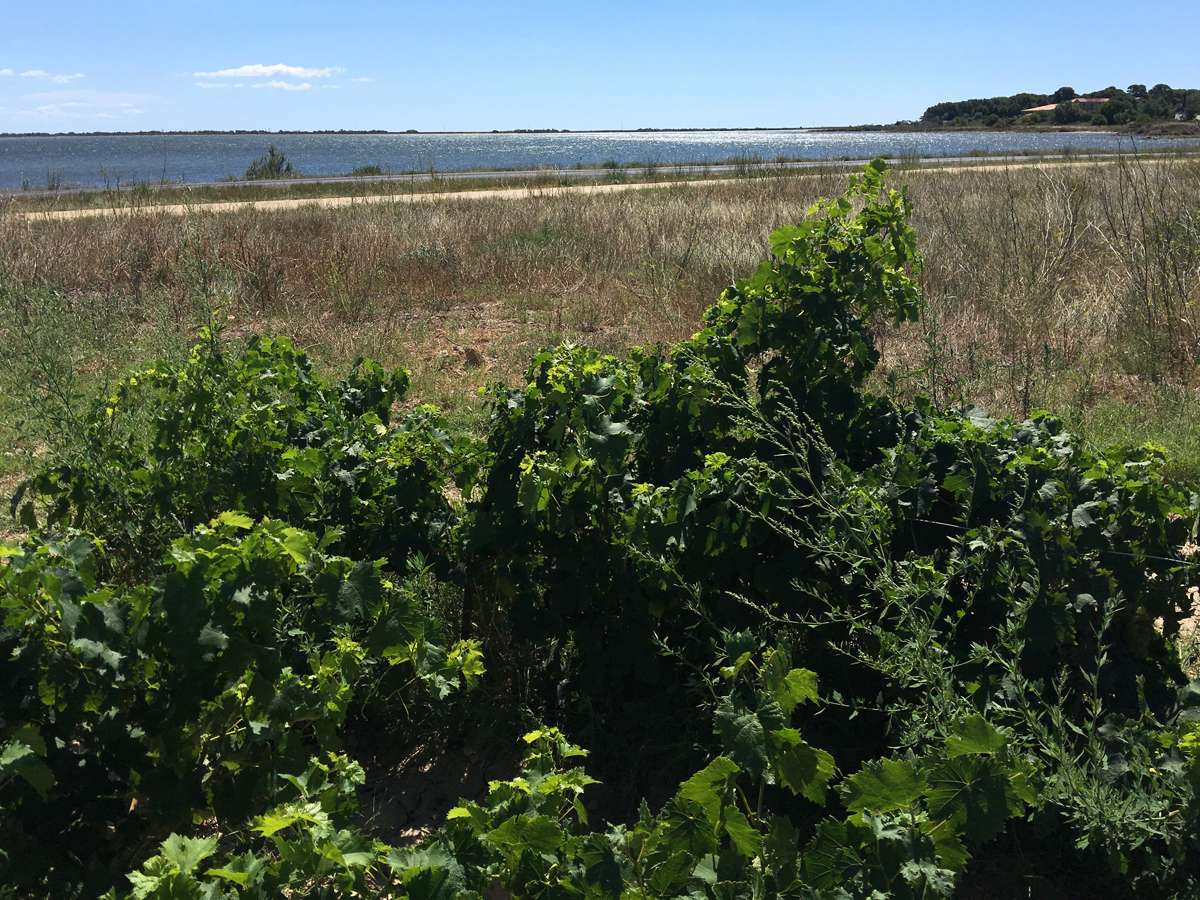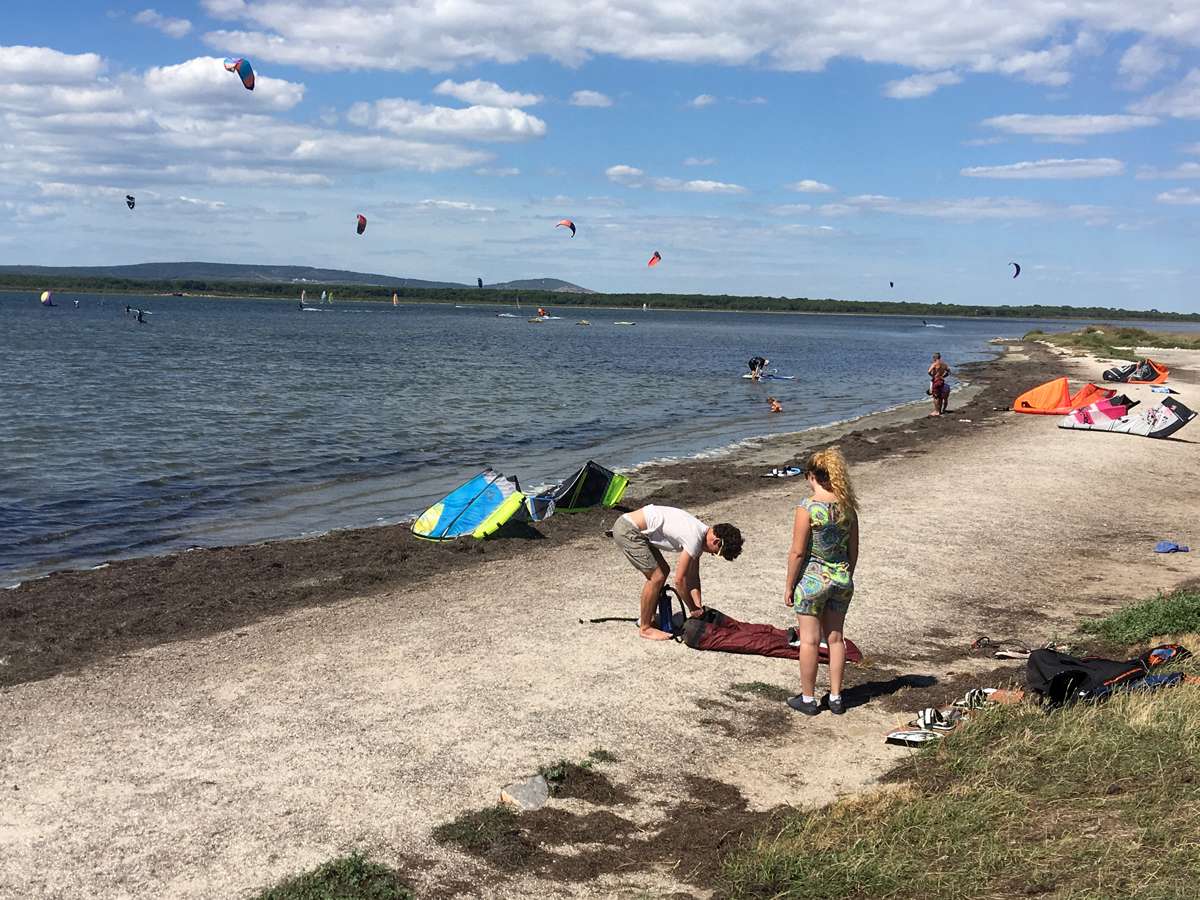French Mediterranean coast
The French Mediterranean coast is famous for its mild climate, which provides an opportunity to enjoy the sun and the sea not only during the high season but also in off-season. Côte d’Azur is the name of this part of the country, which lies between Cassis (near Marseille) and Menton on the Italian border. The Camargue begins near Marseille, which is a natural paradise of almost 1000 km². West of the Camargue is the start of the region Languedoc-Roussillon, with its well-known towns like Arles, Avignon, Nîmes and Montpellier.
Surroundings/Landscape Montpellier
Montpellier is surrounded by a wonderful landscape. On one side is, of course, the splendid and clear Mediterranean Sea, which here features special flora and fauna. This landscape, also called ‘petite Camargue’, is surrounded by shallow salt lakes that line the coast. These landscapes are protected nature preserves, which prevents them from being developed and harmed. These salt lakes and ponds are populated with countless bird species. The hundreds of flamingos especially catch the eye, and they can often be admired from just a few meters away. To the south, the visitor can expect to find history and culture in such important cities as Nimes, Avignon, Arles, Marseille and many others. Further west, in the countryside next to Bordeaux, are the most important wine-growing regions in France. The reddish mineral soils give the wine grapes an abundance of aroma and they store the warmth from the sun during the day, which supplies them with heat from below at night. The impressive landscape of the Pic St. Loup, the highest mountain in the region, offers scenic views, and you can swim in the river Herault in the summer and canoe there year round.
Further west on the coast is a fishing and oyster-farming region. The focal point is the port city of Sète, extending into the Etangs de Thau, which supplies much of the oysters consumed in France. Many charming small towns such as Frontignan, Palavas, Villeneuve-les-Maguelone or Vic-la-Gardiole can be discovered here.
Montpellier
Montpellier is the thriving capital of Languedoc and an expanding economic centre. The city is located close to the sea and directly connected to it via a new urban railway. Marseille, Toulouse and Montpellier together constitute the most developed economic centre in southern France. The relaxed life, the Mediterranean Sea and the rich cultural tradition (the first medical university in Europe was founded there in the 12th century) make Montpellier one of the important regional centres in France.
In rankings of the most popular places to live in France, Montpellier is always at the top and even took first place ahead of Paris and Nice. This popularity is now well-known, not only to locals but also to tourists from all world. Fifty years ago, Montpellier was a little-known provincial town; since then, its population has doubled to its current 400,000. The modern airport and a high-speed-train (TGV) station connect the city with the world.
Montpellier, with its exceptional growth, its dynamism, and its many faces has become a modern metropolis with casual charm that still retains a certain rural character. The city has much to offer to its residents and tourists alike. The university town, with its well-established medical and legal faculties, has a youthful atmosphere that comes from the 75,000 students living there.
Montpellier has become a pedestrian-friendly city in the last 20 years. All the major buildings and historical monuments in the city centre are within walking distance: the historical district of Ecusson (the “lungs of the city”) is a spacious pedestrian zone. In the old town, one is overwhelmed by the many historic houses and palaces. But the narrow and winding streets are alive. Countless bistros and restaurants invite you to enjoy the French cuisine; tall trees are everywhere, inviting you to linger in the shady patches below. All the streets seem to lead to the Place de la Comédie in the heart of Montpellier. This most important place of the city, over which long-distance traffic thundered until the middle of the ’80s, is now one of the most spacious pedestrian zones in Europe. The opera house here, modelled after Paris, gave the square its name, where countless elegant facades of buildings of the wealthy 19th-century bourgeoisie can be admired. The Three Graces sculpture and fountain, built in the 18th century, stands proudly in the middle of the square.


